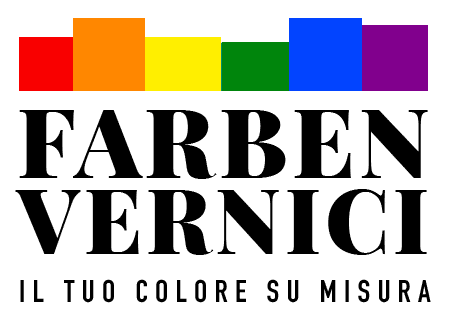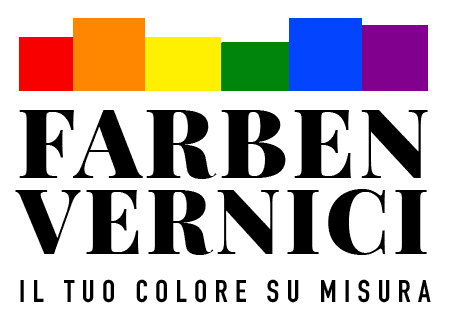In this article, we examine key aspects of using paints and debunk some common misconceptions surrounding the application of coating products. The first parameter to consider is the dry film thickness of the applied product. The function of a coating is to provide protection over time and maintain the aesthetic appearance of the treated item.
The term “cycle” refers to the complete set of products used, their application order, and the thickness of each applied layer. Both the number of products used, the order in which they are applied, and the thickness of each layer are crucial to preserving the original characteristics of the coating, avoiding significant damage like corrosion or degradation of the treated material, as well as aesthetic issues like discoloration, dullness, or flaking.
The applied thickness is crucial for durability and optimal results, and it must be adapted to the type of material and its intended location. For example, iron-based objects exposed to the outdoors, perhaps in industrial or saline environments, require thicker layers and a coating cycle that includes primer, intermediate, and topcoat. In contrast, alloy, galvanized, or aluminum surfaces, fiberglass, plastics, or indoor items require thinner layers because they are less prone to corrosion. The same applies to wooden materials exposed outdoors; overly thick layers could be detrimental, while regular maintenance every two years remains essential.
Coating Product Yield
The yield of a coating product depends directly on the applied thickness. For example, with one kilogram of paint, you can cover 10 square meters with a thickness of 30 microns. However, if you apply a thickness of 60 microns, you will only cover 5 square meters. Although this seems straightforward, in practice, it is often difficult to determine the exact thickness, and there can be product loss due to overspray or uneven layers. These issues are related to environmental conditions and the precision of the person applying the paint.
This leads to misunderstandings regarding the perceived yield of coating products. A product with high covering power can give the impression of higher yield, but in reality, it might be due to lower applied thickness. This results in a false sense of high yield, while thicker layers are often essential for long-term protection.
Parameters for Evaluation
To evaluate the correct yield of a coating product compared to another, two primary parameters must be considered:
- Solid Content: This indicates the amount of the product that remains after drying.
- Relative Density or Specific Gravity.
The mathematical formula for calculating yield (R) is: R = RS/DR, where (R = Yield, RS = Dry Residue, and DR = Relative Density)
This is the only formula to consider when assessing the yield of a coating product. Other factors, such as covering power, can influence perception but are not relevant for determining actual yield. Thus, proper application thickness and accurate evaluation of solid content and specific gravity are crucial to accurately assess the yield of coating products.
Article written by: Ind. Exp. Massimo Rubbi – A.I.T.I.V.A. member, Emilia Romagna Region – CTU n. 48, Piacenza Court. Tel: 0039 3289205637.


